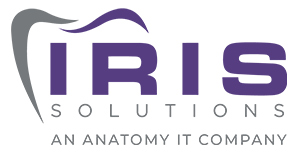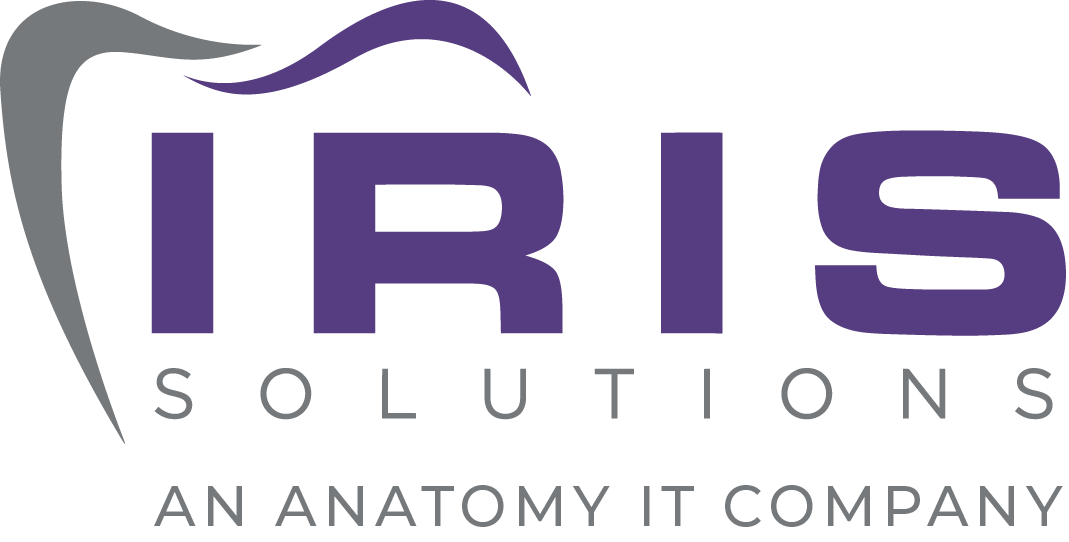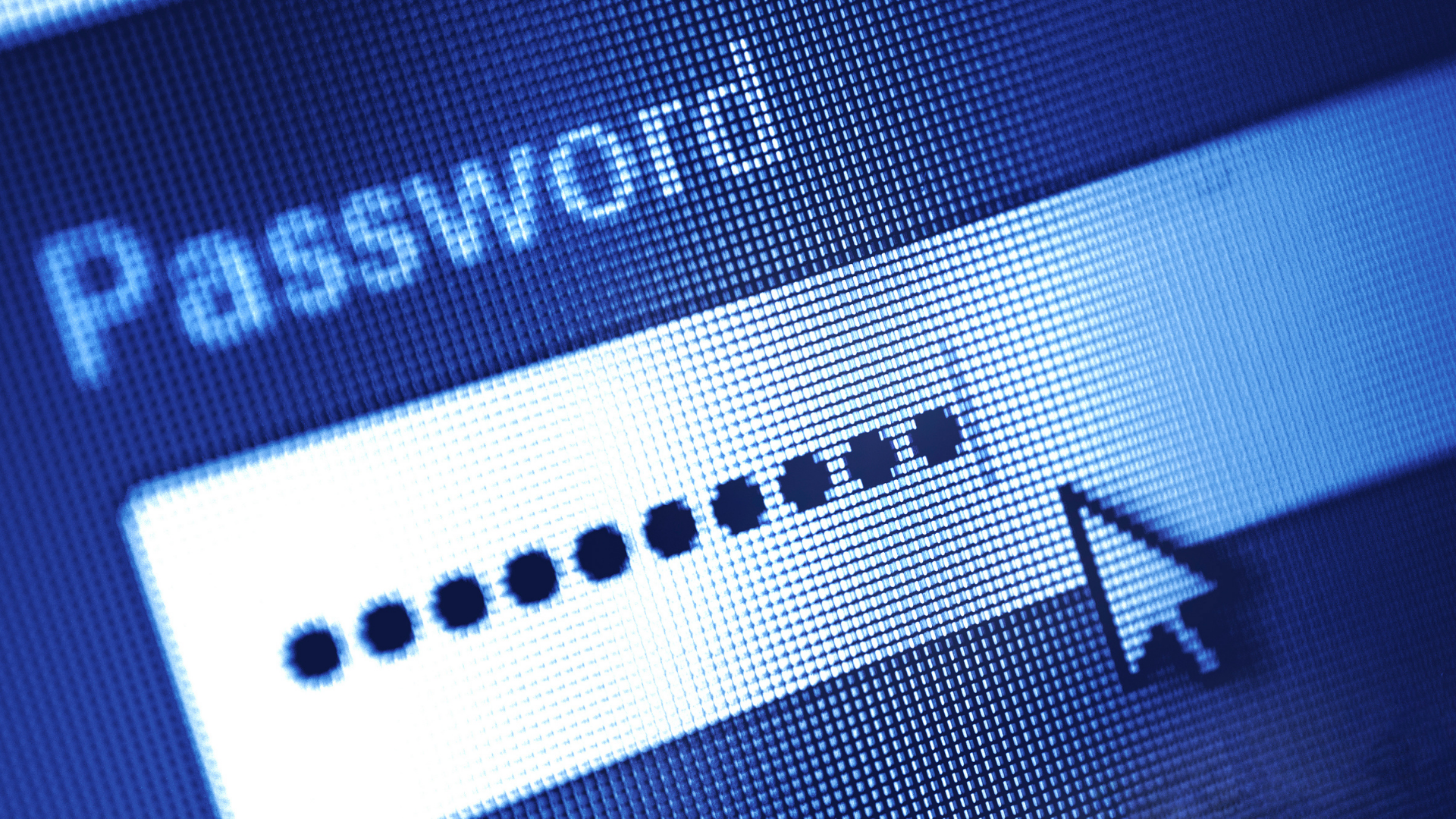Let’s Talk About P@$$words!
That’s right, we are once again talking about passwords! In the modern era of network interconnectivity, we are faced with an endless stream of concerns about how accounts are made and secured.
Passwords are typically one of the first lines of defense, and often, they are the only defense in place to secure your identity, purchasing power, and privacy. This places a weight on the power of passwords that is nearly unmatched across the spectrum of security, either physical or digital. Yet, this weight can go unrecognized by those that unknowingly rely on it to maintain their safety.
To be fair, this is not entirely on any one person; the number of applications and portals that require a username and password has stretched far beyond what could be considered reasonable. A study by Harris Poll found that, on average, a person has roughly 27 different accounts to keep track of. And these numbers have most likely climbed thanks to a global shift of e-commuting and everyone being forced to find new ways to entertain ourselves at home.
A large number of people reuse passwords for most of their work and personal accounts, to make it easier. The underlying issue is that when passwords are reused, a security breach in one of those companies immediately thwarts the security for all…
Let’s propose, for a minute, that your neighbors’ nerdy daughter starts a side-hustle for dog walking. To allow users to schedule when they would like their dogs walked, she opens a website to allow users to log in and slot specific time frames. It is a small website, so you throw in the ‘family password’ when you create an account. The neighborhood kid likely has not spent a relative fortune to employ strong security protocol for all stored passwords. When that data is breached and shared, every other account using that password has been compromised.
Considering that many companies will not reveal they have had a data breach until months after, if ever, you may have breached passwords you have been using for months or years! But do not despair, it is not all gloom and doom, here are 3 easy to use options.
- 1. Unique and complex passwords – for each of your personal and work accounts. Using the autogenerate feature built into many modern browsers can be a big help with this requirement. How are you supposed to remember all those passwords? That’s where Step 2 comes into play.
- 2. Password managers – There are many password managers out there whether you want one that is free or paid. A quick google search will help you find the right fit for you. Speaking of Google, Chrome has a built-in password manager that you may already use. Broswers such as Firefox and Edge also have a password manager built in.
- 3. 2FA – Where available, utilize multi-factor authentication or two-factor authentication. This is especially important for your emails and bank accounts.
A SecureLink study found that more than 80% of data breaches stem from compromised passwords – passwords that are repeated across accounts for ease of access. Just as you wouldn’t keep your front door open all night while you sleep, ensure your passwords are strong, unique, and different for every portal or account used.


